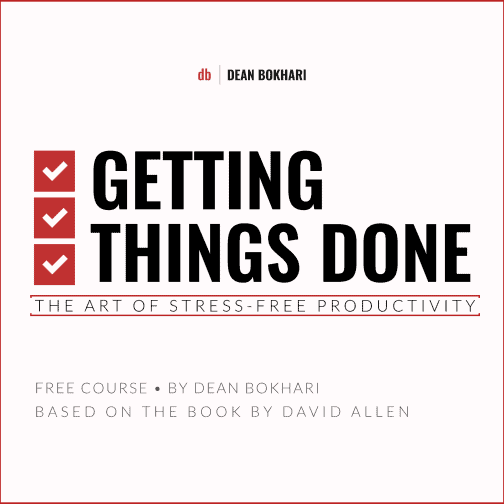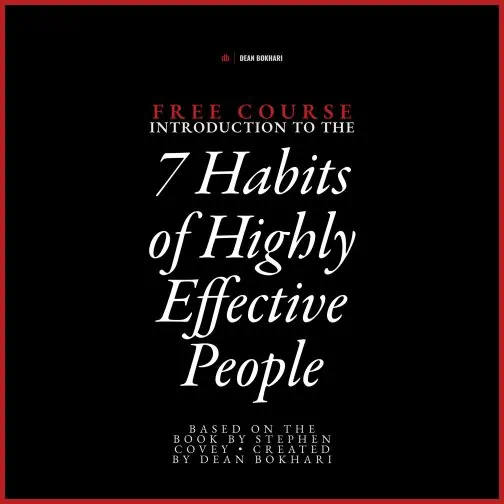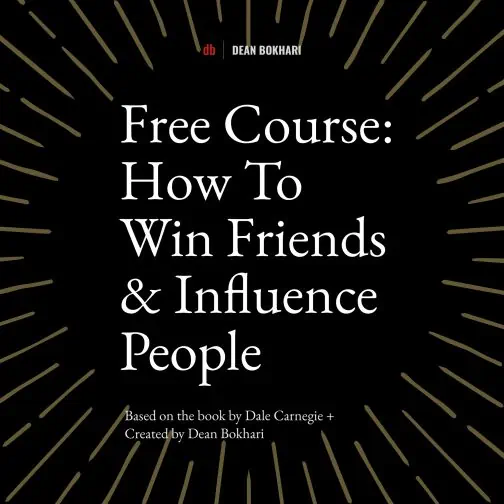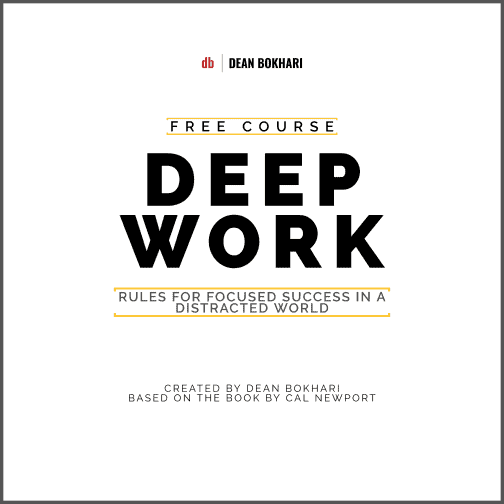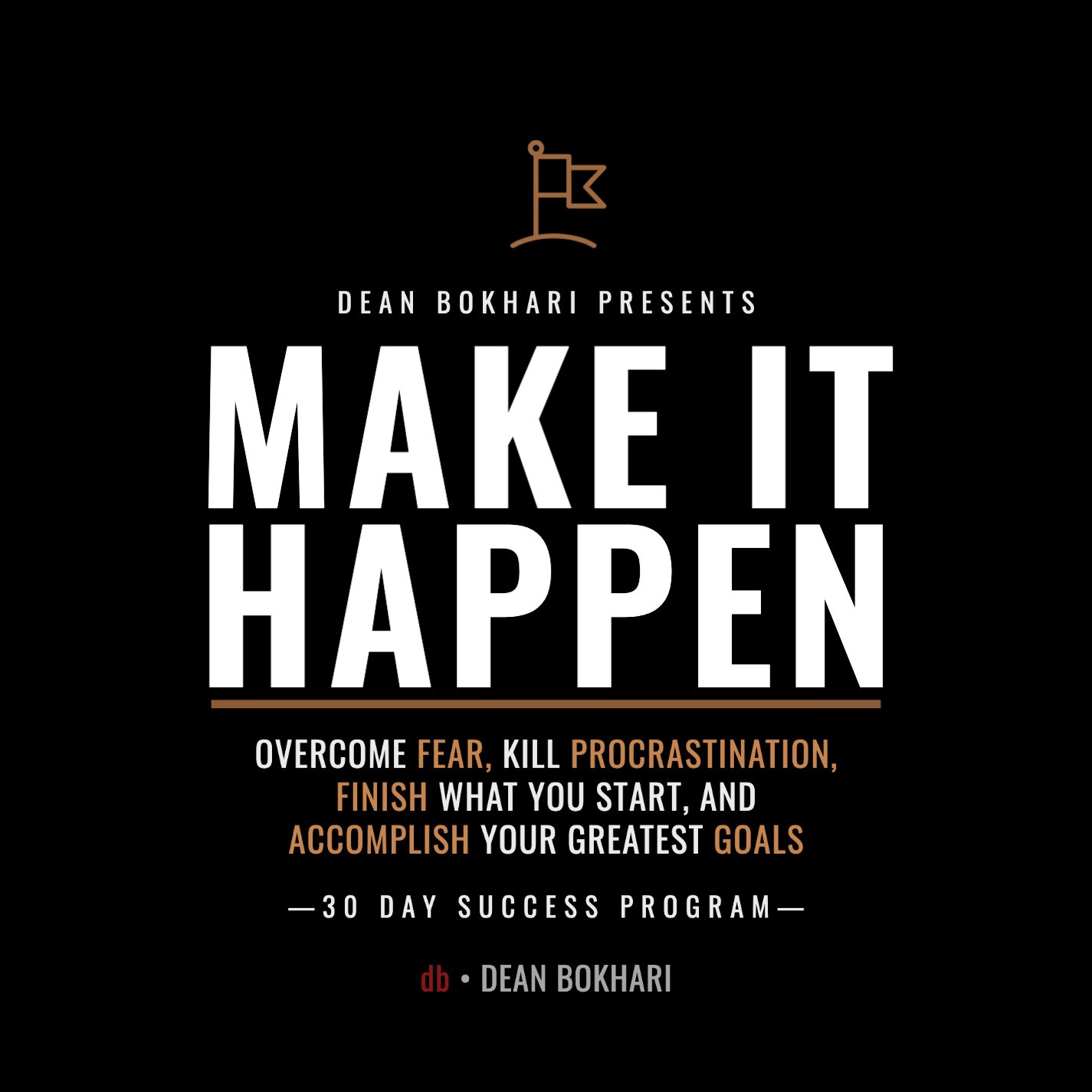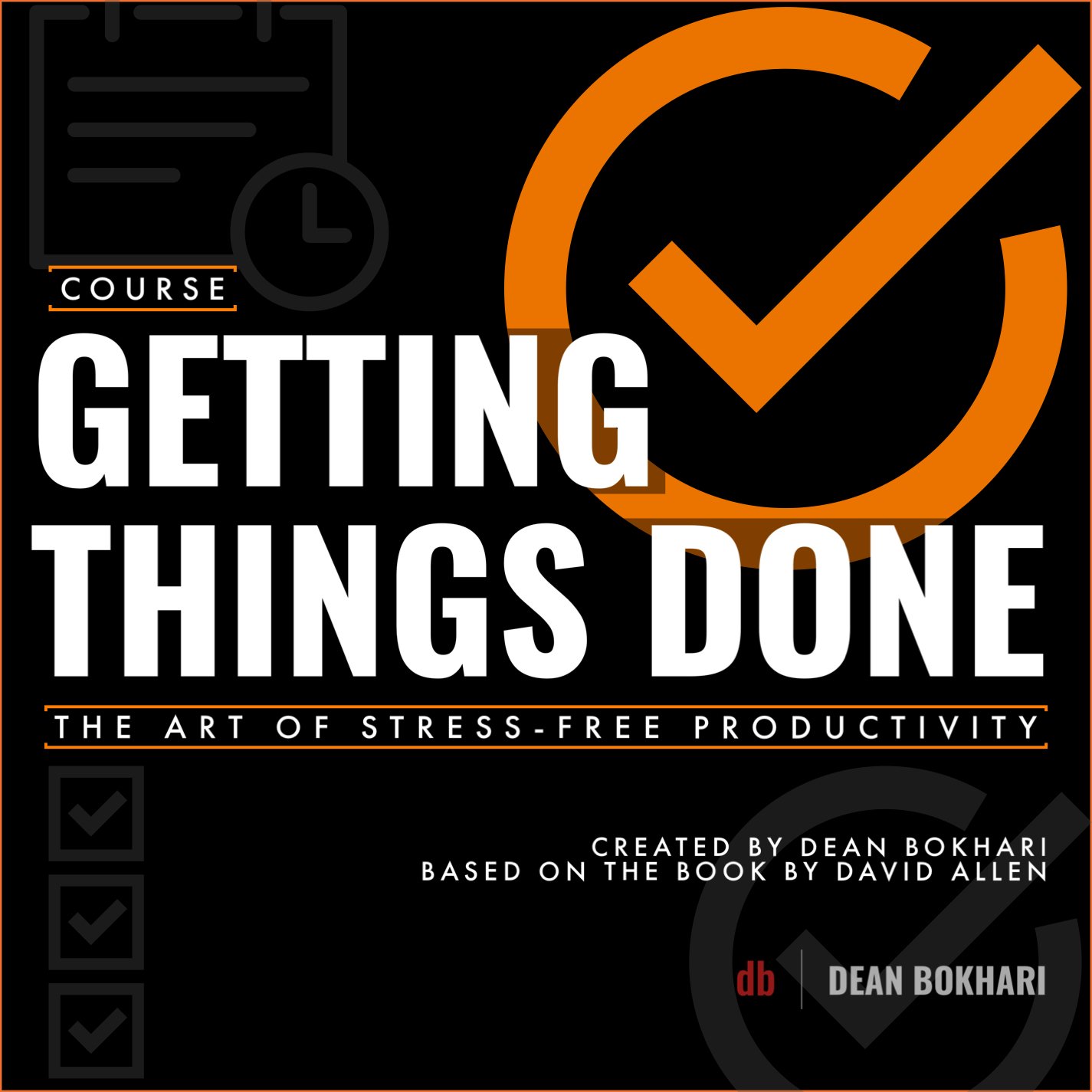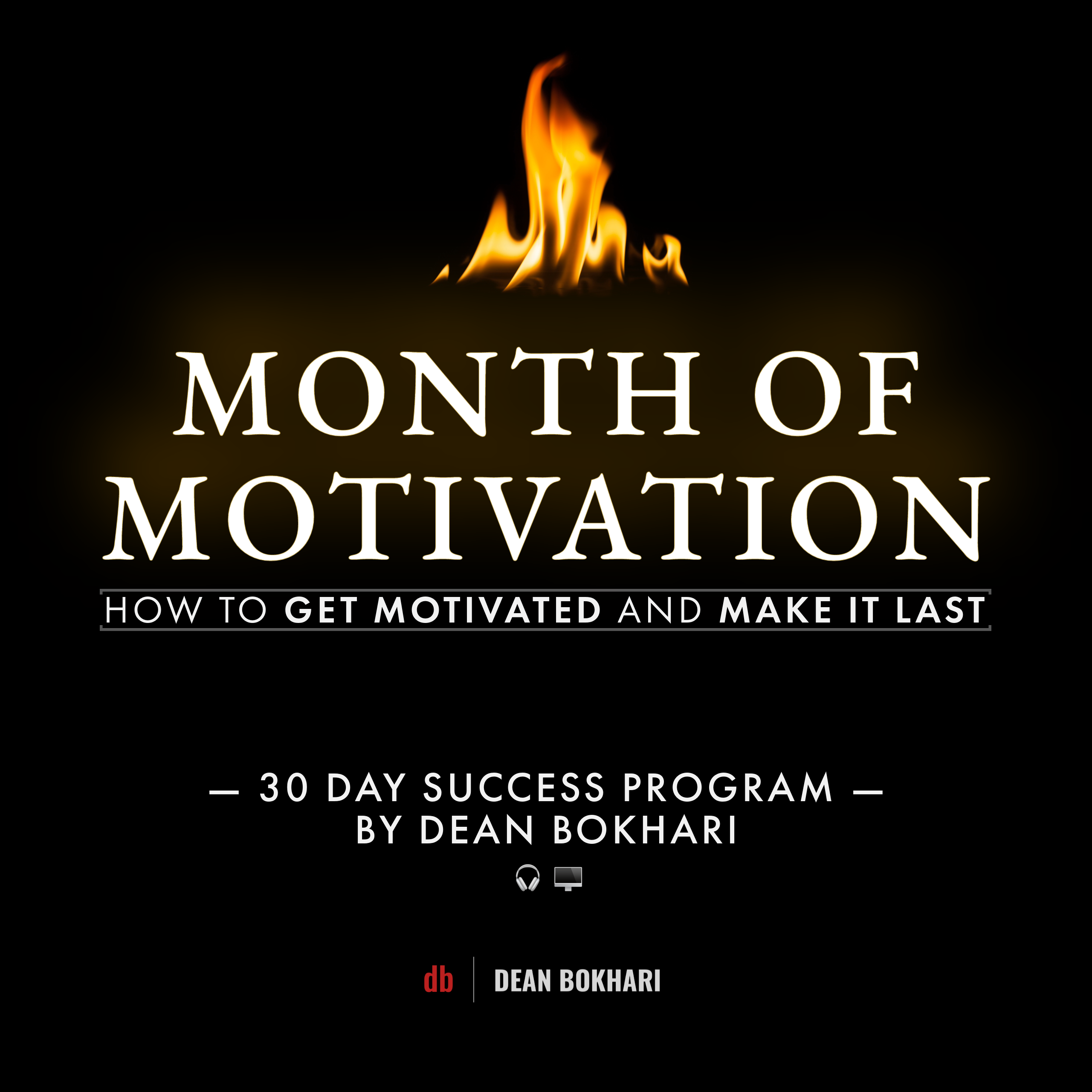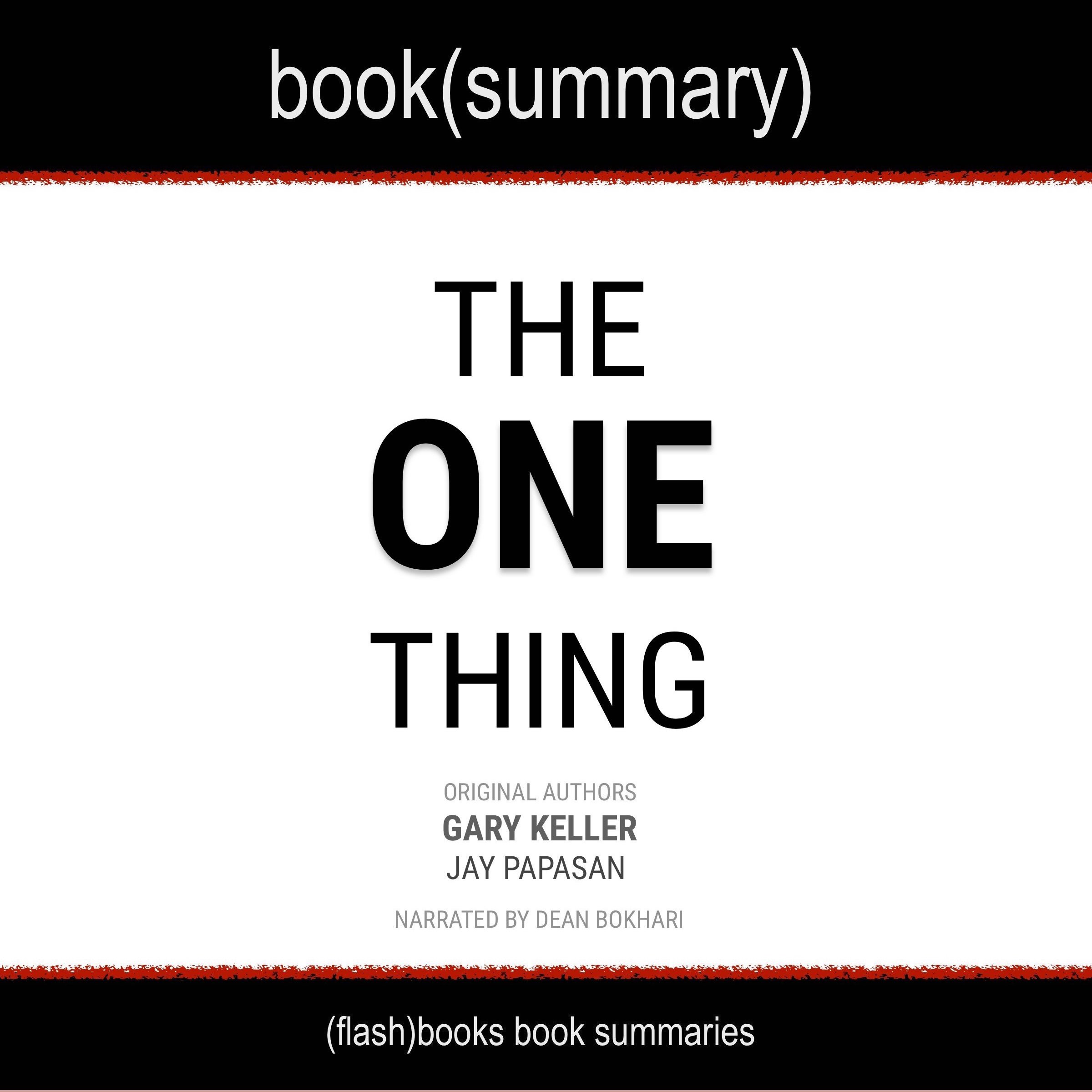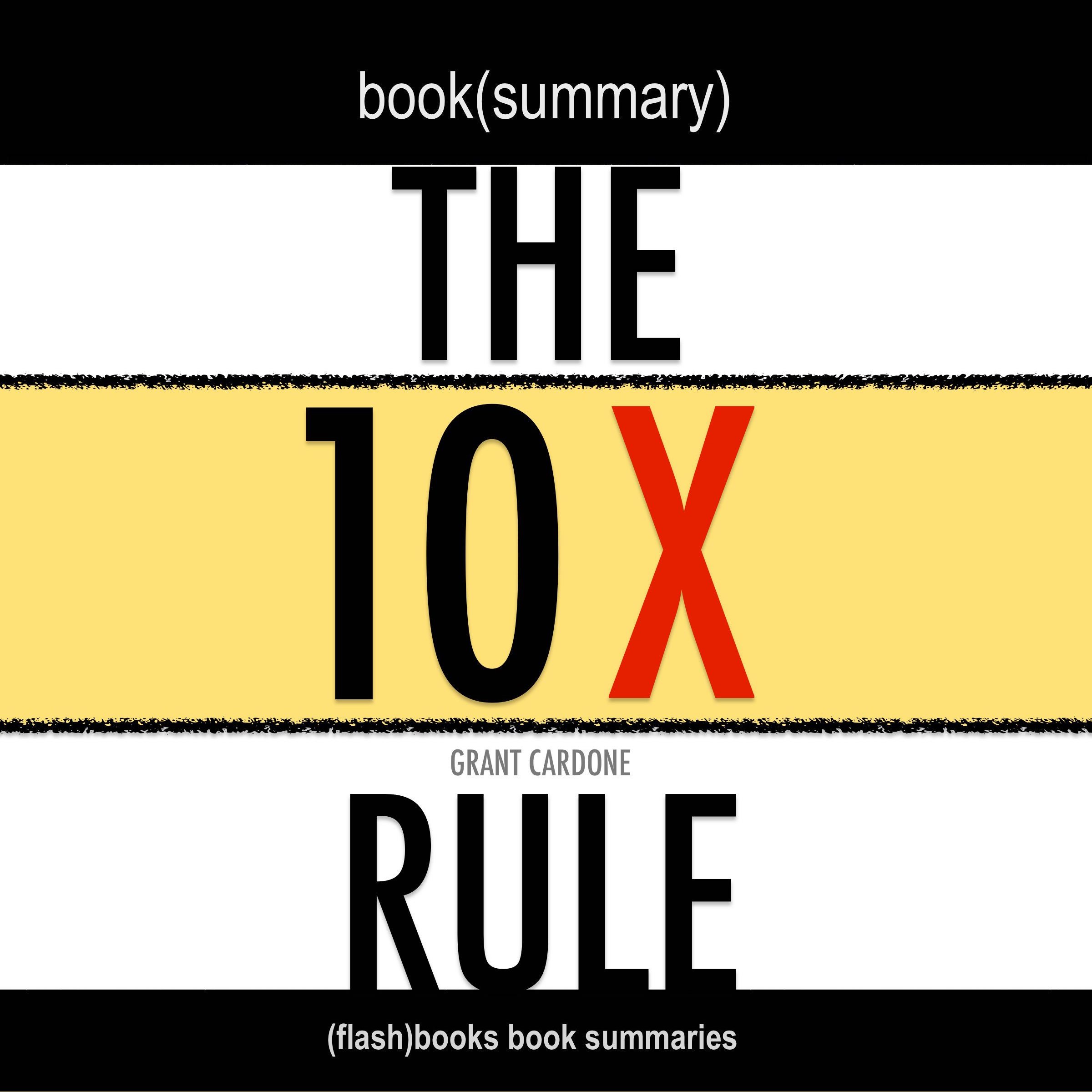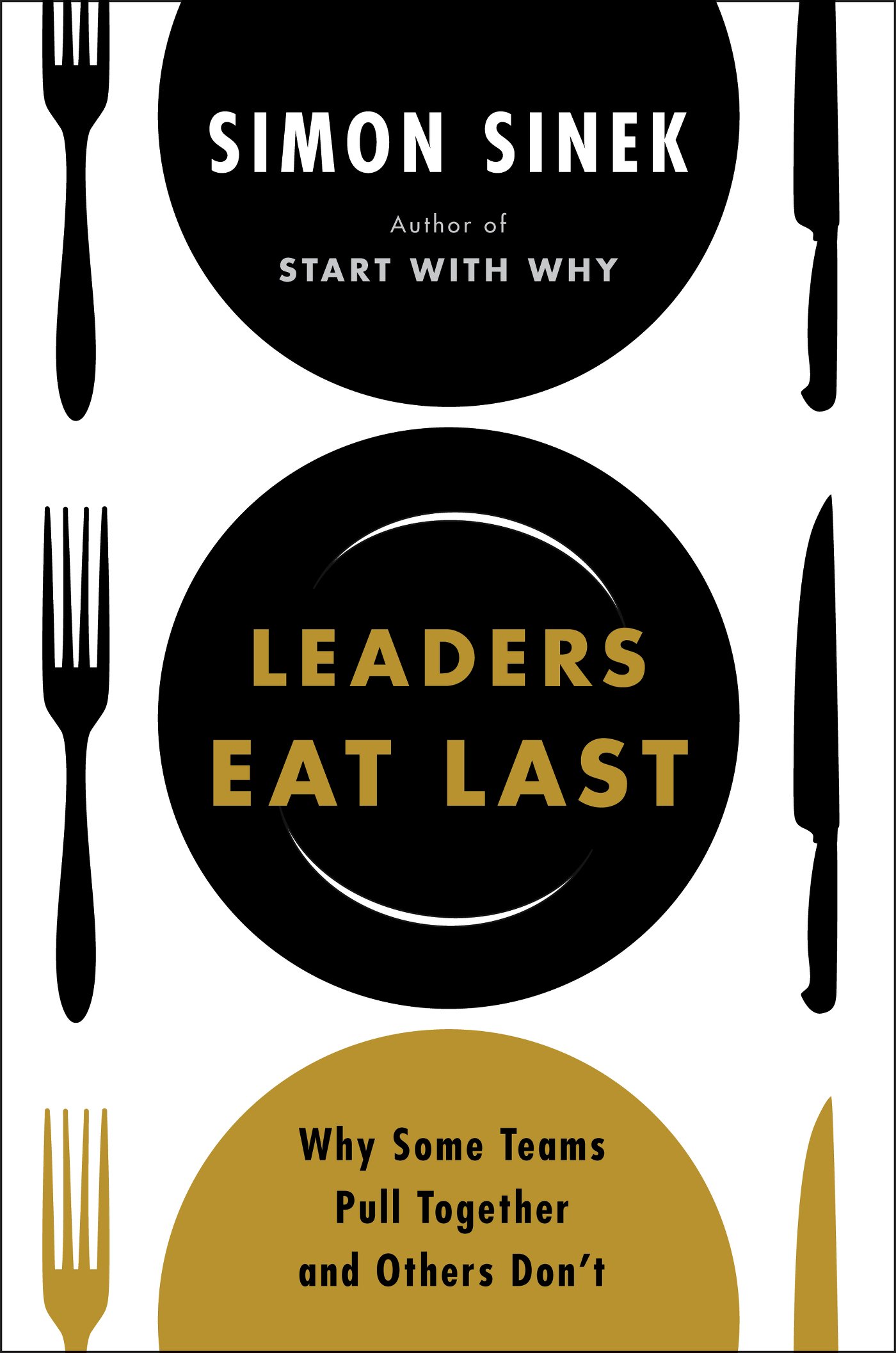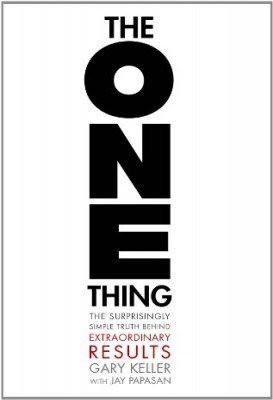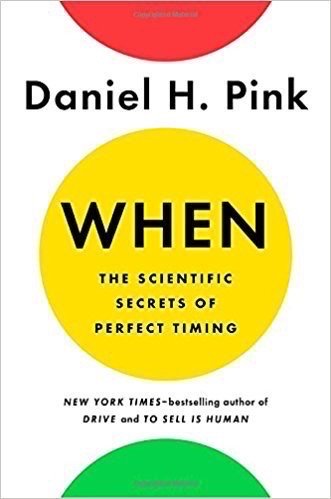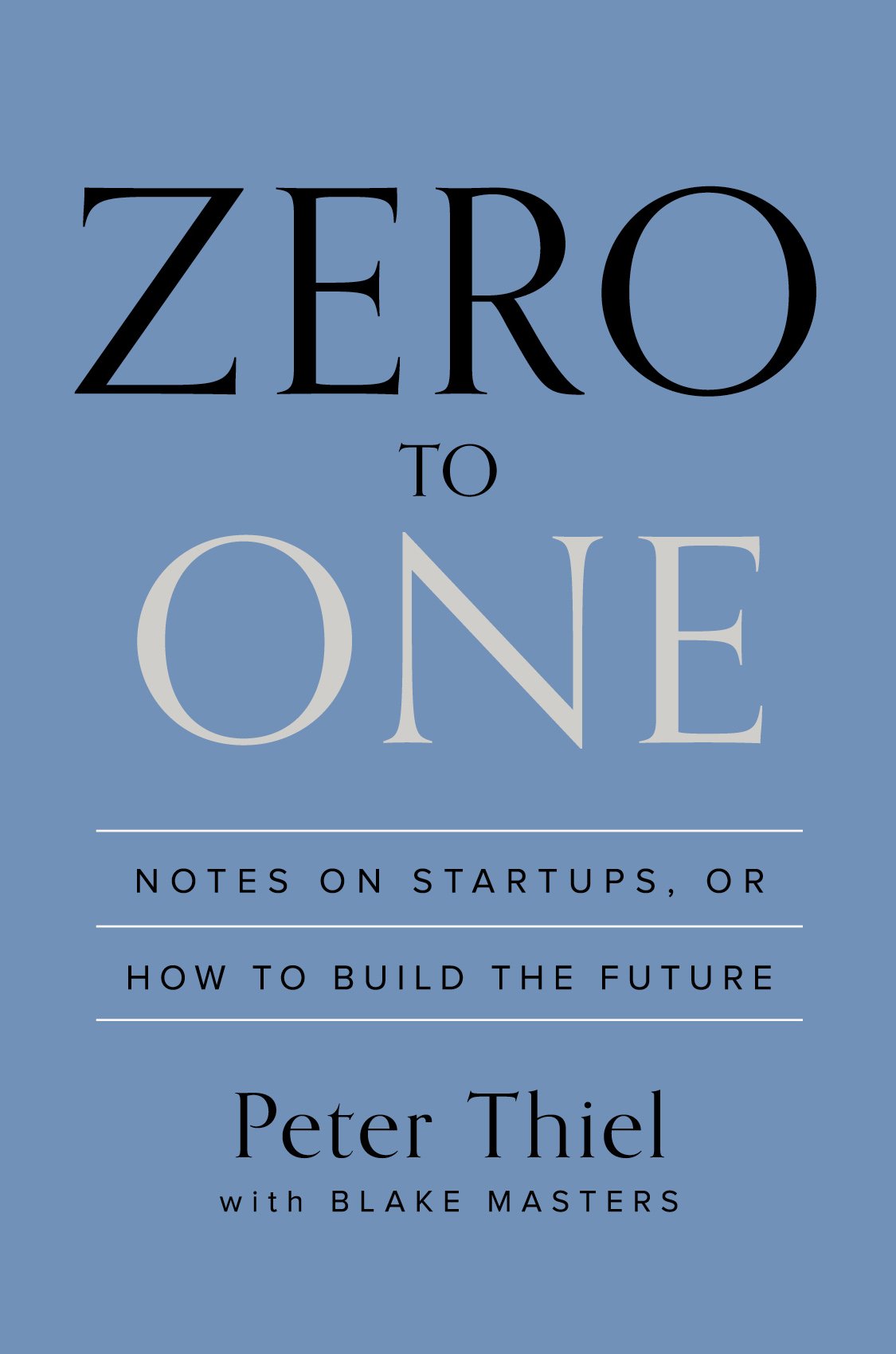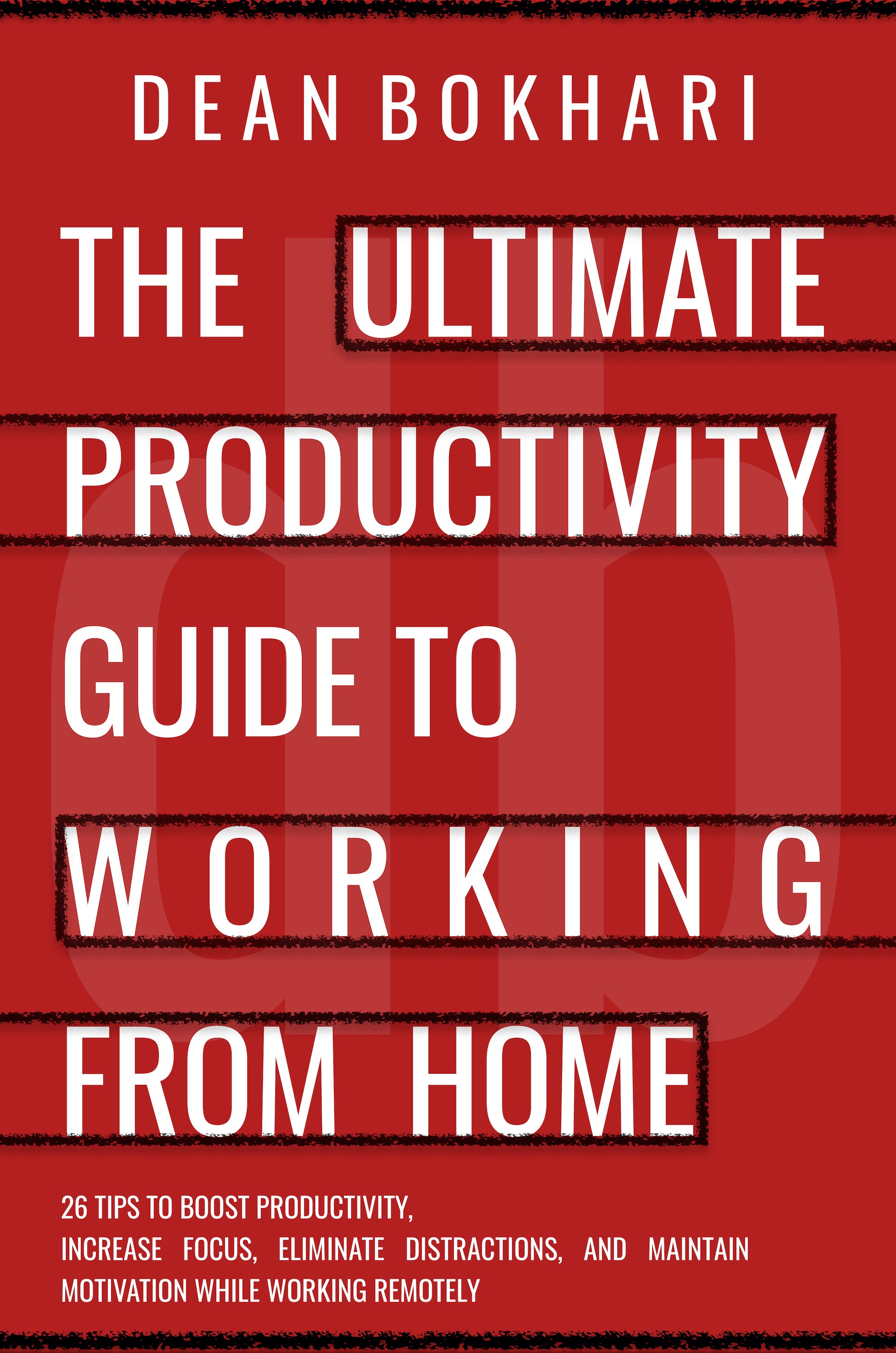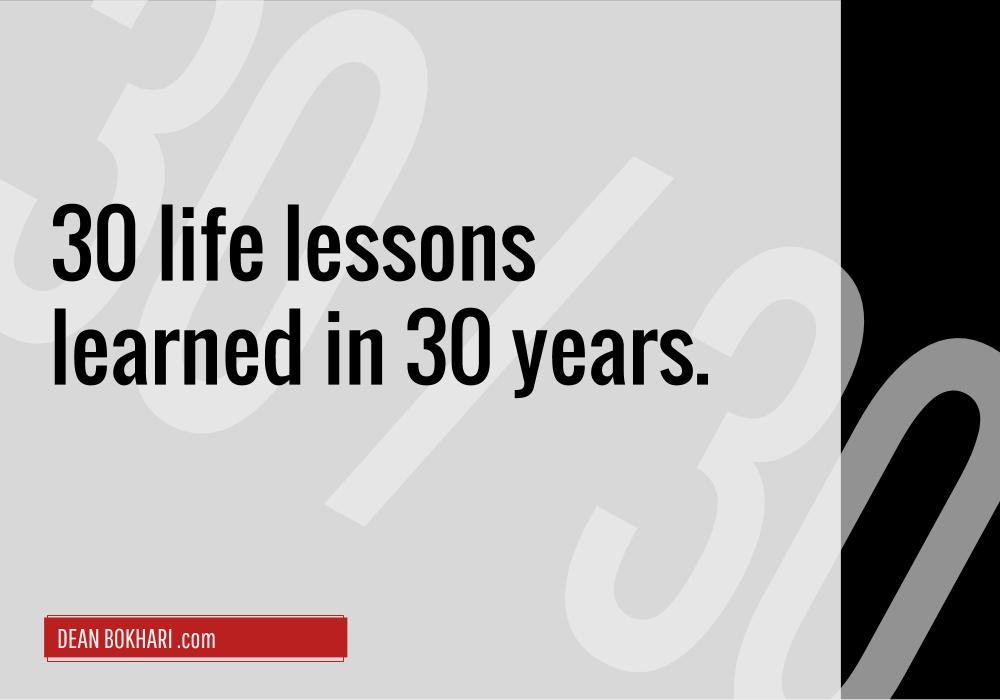Smarter Faster Better, Part I: Sexy Stretch Goals, Bullet Train Thinking + Why SMART Goals Don't Work

MENU: // Read // Listen
Note: This is Part 1 of a 2-Part series on how to become smarter, faster and better at goal setting, inspired by the book, Smarter Faster Better by Charles Duhigg. Here’s what we cover in Part 1:
- Why SMART goals don’t work.
- How to use “bullet train thinking” to reboot your mindset for success.
- Using stretch goals — audacious, but achievable goals that get you inspired to turn your dreams into reality.
// Listen
EP132. Smarter Faster Better, Part I. • Play on iTunes
// Read
How to Be Smarter, Faster and Better at Everything You Do (Article version)
In the 1950s, during the lingering wake of the devastation of the Second World War, Japan was intensely focused on growing the nation’s economy. A large portion of the country’s population lived in or between the cities of Tokyo and Osaka, which were separated by just 320 miles of train track.
Every day, tens of thousands of people traveled between the two cities… And in addition to the thousands of people who traveled on these trains, tons of industrial goods were transported on them, too…
But because Japan had so many mountains spread throughout and in between the two cities that it made an already old and outdated railway system even slower due to the rough and mountainous Japanese terrain the trains were forced to travel on; making the trip as long as 20 hours.
So, in 1955, the head of the Japanese railway system issued a challenge to the nation’s finest engineers: invent a faster train.
Six months later, a team unveiled a prototype locomotive capable of going 65 miles per hour—a speed that, at the time, made it among the fastest passenger trains in the world…
Not good enough, the head of the railway system said. He wanted 120 miles per hour.
The engineers told the head of the railway that this just wasn’t a realistic expectation—and was, in fact, a pretty dangerous undertaking because a train designed to go that fast (120 miles p/hr) along the sharp and mountainous Japanese topography would definitely derail if it turned too sharply, and end up killing everyone on board as a result.
No way they could design a train to go that fast.
So, instead of 120 miles an hour, the engineers said that 70 miles an hour was a much more realistic number to shoot for… 75 if they’re lucky. Any faster and the trains would just crash.
“Why do the trains need to turn?” the railway head asked.
“There are numerous mountains between the cities,” the engineers replied.
The railway head shot back—“Why not make tunnels, then?”
… Tunnels, huh? The labor required to tunnel through that much territory could require just as many physical and financial resources as it did to rebuild the entire city of Tokyo after World War II.
Three months after that conversation, the engineers came back to the railway chief with an engine that could go as fast as 75 miles an hour.
You can probably already guess what the railway chief said: 75 miles an hour has absolutely no chance of transforming the nation!
Incremental improvements would only yield incremental economic growth.
The only way to revamp the nation’s transportation system was to rebuild every element of how these trains functioned. Everything.
So they got to work, and over the next two years, the engineers experimented:
They designed train cars that each had their own motors.
They rebuilt gears so they meshed with less friction.
They discovered that their new cars were too heavy for Japan’s existing tracks, and so they reinforced the rails, which had the added bonus of increasing the train’s stability, which added another 1/2 mile per hour to train’s speed.
There were hundreds of innovations, both big and small, just like these; each of which made the trains just a little bit faster than before.
And after tons of tiny tweaks and years of hard work and hustle under the Japanese railway chief’s go-big-or-go-home style of leadership, the very same team of engineers that thought it was impossible to build a 120 mile train—ended up building a 120 mile train.
In 1964, the Tōkaidō Shinkansen, the world’s first bullet train, left Tokyo and made its 320-mile trip towards Osaka. Except this time, instead of taking twenty hours, the trip took only four. (From 20—to—4? That’s huge!)
Now I don’t know about you, but I’d be pretty damn excited about shaving 16 hours off my travel time if I was a regular passenger at that train station.
Soon enough, other bullet trains were running to other Japanese cities as well, which resulted in a massive economic boost for the entire country of Japan.
The development of the bullet train was critical in spurring Japan’s growth well into the 1980s. And within a decade of that innovation, the technologies developed in Japan served as a guide for several other high-speed trains in France, Germany, and Australia, revolutionizing industrial design across the globe.
Bullet train thinking
Quick question for yah: do you think the railway chief sat down and set SMART goals before having his team design the bullet train?
Not a chance.
Years after the first bullet train was introduced, Jack Welch, the former head of GE (who I think was a business genius, but a terrible, bastard of a leader for many reasons, a few of which I’ve outlined here) heard about the story when he was touring one of his factories in Japan…
And he was so inspired by it, that he went straight back to the States and immediately began implementing a similar outlook over at General Electric—requiring everyone at the company to start practicing “bullet train thinking” …Which meant it was time to start thinking BIG.
Really big.
Stretch goals
Instead of focusing on small, narrow goals that may have moved the needle a little bit, but not enough to cause a tipping point; they started focusing on big, audacious goals that galvanized people into action, forcing them to tap into creative capabilities that catapulted GE to ever-higher levels of success.
In his book, Smarter Faster Better, Charles Duhigg actually details how Jack Welch implemented bullet train thinking at GE, starting with a letter to his shareholders:
Going forward, every executive and department, in addition to delivering specific and achievable and timely objectives, would also have to identify a stretch goal—an aim so ambitious that managers couldn’t describe, at least initially, how they would achieve it.
Everyone, Welch said, had to partake in “bullet train thinking.”
In a 1993 letter to shareholders, the chief executive explained that “stretch is a concept that would have produced smirks, if not laughter, in the GE of three or four years ago, because it essentially means using dreams to set business targets—with no real idea of how to get there. If you do know how to get there—it’s not a stretch target.”
Six months after Welch’s trip to Japan, every division at GE had a stretch goal. The division manufacturing airplane engines, for instance, announced they would reduce the number of defects in finished engines by 25 percent.
To be honest, the division’s managers figured they could hit that target pretty easily. Almost all the defects they found on engines were small, cosmetic issues, such as a slightly misaligned cable or unimportant scratches. Anything more serious was corrected before the engine was shipped. If they hired more quality assurance employees, managers figured, they could reduce cosmetic defects with little effort.
Now check this out…
Welch agreed that reducing defects was a wise goal. Then he told them to cut errors by 70 percent.
BOOM.
That’s ridiculous, managers said. Manufacturing engines was such a complicated affair—each one weighed five tons and had more than ten thousand parts—that there was no way they could achieve a 70 percent reduction.
They had three years, Welch said. The division’s managers started panicking—and then began analyzing every error that had been recorded in the previous twelve months. Simply hiring more quality assurance workers, they quickly realized, wouldn’t do the trick.
The only way to reduce errors by 70 percent was to make every single employee, in effect, a quality assurance auditor. Everyone had to take responsibility for catching mistakes. But most factory workers didn’t know enough about the engines to identify every small defect as it occurred. The only solution, managers decided, was a massive retraining effort.
Except that didn’t really work, either. Even after nine months of retraining, the error rate had fallen by only 50 percent. So managers started hiring workers with more technical backgrounds, the kind of people who knew what an engine ought to look like and, therefore, could more easily spot what was amiss.
The GE factory manufacturing CF6 engines in Durham, North Carolina, determined that the best way to find the right employees was to hire only candidates with FAA certification in engine manufacturing. Such workers, however, were already in high demand at other plants. So to attract them, managers said employees could have more autonomy. They could schedule their own shifts and organize teams however they wanted. That required the plant to do away with centralized scheduling. Teams had to self-organize and figure out their own workflow.
Welch had given his aircraft manufacturing division a stretch goal of reducing errors by 70 percent, an objective so audacious the only way to go about it was to change nearly everything about (a) how workers were trained, (b) which workers were hired, and (c) how the factory ran.
By the time they were done, the Durham plant’s managers had collapsed organizational charts, remade job duties, and overhauled how they interviewed candidates, because they needed people with better team skills and more flexible mindsets. In other words, Welch’s stretch goal set off a chain reaction that remade how engines were manufactured in ways no one had imagined.
By 1999, the number of defects per engine had fallen by 75 percent and the company had gone thirty-eight months without missing a single delivery, a record. The cost of manufacturing had dropped by 10 percent every year. No SMART goal would have done that.
Stretch goals ain’t no joke
Numerous academic studies have examined the impact of stretch goals, and have consistently found that forcing people to commit to ambitious, seemingly out-of-reach objectives can spark outsized jumps in innovation and productivity.
A 1997 study of Motorola, for instance, found that the time it took engineers to develop new products fell tenfold after the company mandated stretch goals throughout the firm. A study of 3M said stretch goals helped spur such inventions as Scotch tape and Thinsulate. Stretch goals transformed Union Pacific, Texas Instruments, and public schools in Washington, D.C., and Los Angeles. Surveys of people who have lost large amounts of weight or have become marathon runners later in life have found that stretch goals are often integral to their success.
Stretch goals “serve as jolting events that disrupt complacency and promote new ways of thinking,” a group of researchers wrote in [the] Academy of Management Review business journal in 2011.
“By forcing a substantial elevation in collective aspirations, stretch goals can shift attention to possible new futures and perhaps spark increased energy in the organization. They thus can prompt exploratory learning through experimentation, innovation, broad search, or playfulness.”
So do stretch goals work, yes or no? — The catch, the caveat, and the bottom line
There is an important caveat to the power of stretch goals…
Studies show that if a stretch goal is audacious, it can spark innovation. It can also cause panic and convince people that success is impossible because the goal is too big. There is a fine line between an ambition that helps people achieve something amazing and one that crushes morale.
For a stretch goal to inspire, it often needs to be paired with something like the SMART system. The reason why we need both stretch goals and SMART goals is that audaciousness, on its own, can be terrifying. It’s often not clear how to start on a stretch goal.
And so, for a stretch goal to become more than just an aspiration, we need a disciplined mindset to show us how to turn a far-off objective into a series of realistic short-term aims.
Here’s the bottom line…
… The Japanese railway chief started setting stretch goals company-wide—and it worked.
… GE started setting stretch goals company-wide—and it worked.
… YOU should start setting stretch goals, too—because it works.
But wait! [cue cheesy informercial voice] There’s more!
It’s not just about bullet train thinking and setting stretch goals…
If you want to turn those big giant dreams and goals into reality, you need to pair your stretch goals with a specific plan of action.
In other words: you’ve gotta pair your STRETCH goals with SMART goals.
That’s the real recipe for success.
And in part II of this series, we break that process down so you can learn exactly what you need to do to achieve your greatest goals in the smartest way possible.
But for now, do this:
Set your stretch goal
STEP 1) Take out your journal
STEP 2) Write down a stretch goal
STEP 3) Did you really dream big? If not, scratch out that [wannabe] stretch goal and re-write one that inspires the shit out of you. I’m serious.
Remember: stretch goals are goals that are so big, so ambitious, and so audacious, that it can be difficult (at first) to see how they can ever be achieved at all.
Some examples:
- Don’t try to start a small business, try to start an empire.
- Don’t go for the girl that will probably say yes, go for the girl that’s so drop-dead gorgeous she makes you forget your own name.
- Don’t try to help just one person, try to help a million.
Go get your stretch goal down on paper.
Once you’ve done that, you’ll be ready for part II., where you’ll learn how to pair your stretch goals with SMART goals so you can finally reach up and grab those goals from up in the clouds and bring them down closer and closer until—boom—the day you realize that they’re not lofty dreams anymore—they’re real results.
LIVE LIKE YOU GIVE A DAMN,
Dean Bokhari
- If you find the podcast helpful, please rate + review it on Apple Podcasts »
- Got a Self-Improvement question you'd like me to cover? Submit it here »
"Dean Bokhari's Meaningful Show is the Self-Improvement Podcast I've been
waiting for. It's actionable, inspiring, and BS-Free." —Brett Silo
Free self-development courses
👇
Tap on any of the courses below to start learning how to boost your productivity (with GTD), get focused (with Deep Work), design a successful and fulfilling life (with The 7 Habits course), or learn the art of influencing others (with the How to Win Friends & Influence People course.) All for free. 👇
Free life guides
👇
Best-selling Self-development courses by Dean Bokhari
Kill procrastination.
|
Get stuff done.
|
Get motivated.
|
Connect with anyone.
|
freshly pressed:
Top Audiobooks narrated by Dean Bokhari on audible
Book summaries
- The Power of Habit by Charles Duhigg
- 12 Rules for Life by Jordan B. Peterson
- Presence by Amy Cuddy
- Leaders Eat Last by Simon Sinek
- The ONE Thing by Gary Keller, Jay Pasan
- Deep Work by Cal Newport
Read or Listen to top Self-Help + Business Book Summaries in 20 Minutes or Less.
or


